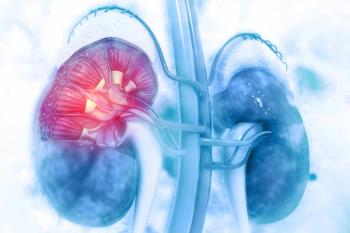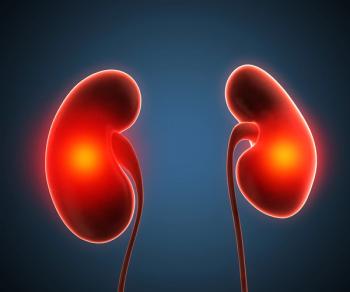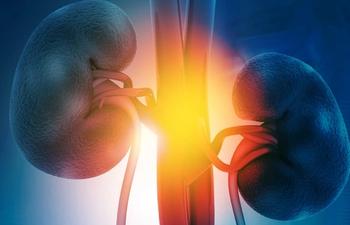
Study IDs Common RCC Subtype in Peds, Young Adults
This is the first diagnostic classification of RCCs in patients younger than age 30 prospectively registered in a cooperative group clinical study.
A new study has identified microphthalmia transcription factor (MiT) translocation renal cell carcinoma (RCC) as the most common subtype of RCC among a group of children and young adults. In addition, the study identified molecular markers occurring in the majority of pediatric and young adult RCCs.
“The current study provides the first diagnostic classification of RCCs in patients aged under 30 years who were prospectively registered on a cooperative group clinical study,” Mariana M. Cajaiba, MD, of the University of Michigan Health System, and colleagues wrote in Cancer. “The results expand the pathologic spectrum of RCC in this group by recognizing additional entities, most of which required genetic analysis for confident classification.”
According to the study, RCC rarely occurs in children and young adults, and there is little to no information about the pathologic and molecular spectrum of disease for this population. To find out more, Cajaiba and colleagues analyzed data from patients with RCC who were enrolled in AREN03B2 (ClinicalTrials.gov identifier: NCT00898365), a Children’s Oncology Group (COG) study. To do so, they conducted additional analysis on all tumors classified as RCC in the study.
The researchers identified 212 RCC tumors, of which 41.5% were MiT translocation RCC; the majority of these were MiT-RCC with TFE3 translocation (93.2%). In addition, 16.5% were papillary RCC, 12.3% were renal medullary carcinoma, 6.6% were chromophobe RCC, 3.3% were clear cell, 1.4% were fumarate hydratase-deficient RCC, and 0.5% were succinate dehydrogenase-deficient RCC.
They also identified several other subtypes of RCC, including tuberous sclerosis-associated RCC (4.2%), ALK-rearranged RCC (3.8%), thyroid-like RCC (1.4%), myoepithelial carcinoma (0.9%), and unclassified (7.5%).
According to the researchers, all 16 unclassified tumors “exhibited morphologic and/or immunophenotypic evidence of epithelial differentiation and expression of at least 1 marker of renal epithelial origin.”
It was also noted that only a small percentage of RCCs are thought to be hereditary, but most present in early adulthood. Because of that, a higher incidence of hereditary RCCs would be expected in patients aged younger than 30.
“Only 15 of 212 patients (7.1%) in our study had either a clinical diagnosis or a molecular abnormality within tumor DNA suggestive of a cancer predisposition syndrome. These include TS (9 patients); FH deficiency (3 patients); and SDHB deficiency, VHL disease, and MEN1 (1 patient each),” the researchers wrote.
“It remains quite possible that additional patients with other cancer predisposition syndromes exist in this cohort and, conversely, that patients with a known family history of cancer predisposition syndrome may not register for COG protocols,” they concluded.
Newsletter
Stay up to date on recent advances in the multidisciplinary approach to cancer.





















































































